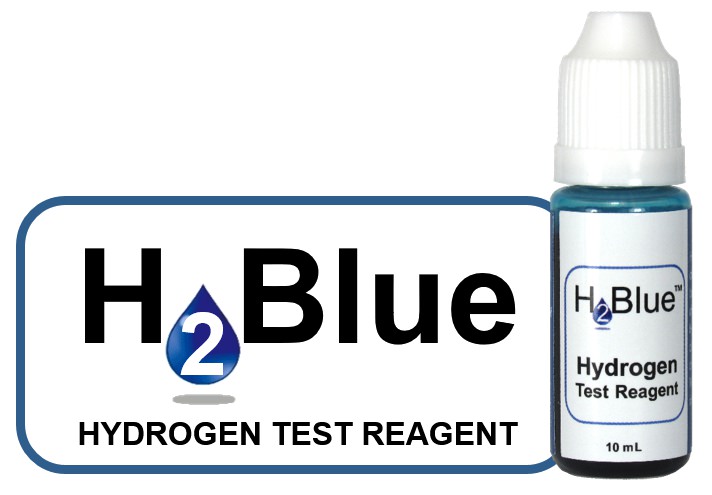Comparison | Molecularly dissolved hydrogen content from different water ionizers | Production of neutral or basic hydrogen water
The questions that we have asked ourselves very often and therefore had to carry out a lot of hydrogen content measurements on numerous electrolysis devices:
Which electrolysis technique produces the most hydrogen-containing water?
The water ionizers that produce neutral hydrogen water or the water ionizers that produce basic hydrogen water?
Comparison tests | Molecularly dissolved hydrogen content
test | Molecularly dissolved hydrogen from the ECA Tractor
Important findings after the numerous hydrogen tests:
- Water ionizers for the production of basic hydrogen water are still the most useful water ionizers because, on the one hand, they still have the highest hydrogen contents to date of up to 2,5 ppm (parts per million) or 2500 ppb (parts per billion).
- Battery-operated, pressurized, portable hydrogen water generators are a good place to start, but they only produce a fraction of the amount of hydrogen compared to a flow-through water ionizer, which is why you need to carry out at least 5 minutes of electrolysis to produce around 350 ML of hydrogen water a content of 1,0 ppm.
- The only globally accepted and practical measurement method is this Titration method by H2 Blue Kit® hydrogen test liquid. Be careful with the electronic pseudo-hydrogen test device called “Trustlex ENH-1000”, it does not measure the molecularly dissolved hydrogen content, but rather the redox potential and is therefore not meaningful.
Procedure for testing the molecular hydrogen content with the H2 blue® kit
The molecular hydrogen content test with the H2 Blue® Kit is carried out immediately after production. To do this, carefully fill a 6 ml water sample into the measuring cup and add a drop of the blue measuring liquid. Each drop that discolors represents 0,1 ppm (=100 ppb) of dissolved hydrogen gas. If a drop no longer discolors itself, you can stir gently.
If the liquid still does not change color, the last drop added to the water no longer counts. Water under normal atmospheric pressure can contain up to 1,6 ppm hydrogen gas (full saturation). With the AquaVolta® hydrogen booster you can also produce supersaturated water with over 6 ppm. However, this falls back to full saturation within a few minutes when the sample comes into contact with the normal atmosphere. If you want a lot of hydrogen, you have to drink it quickly.





